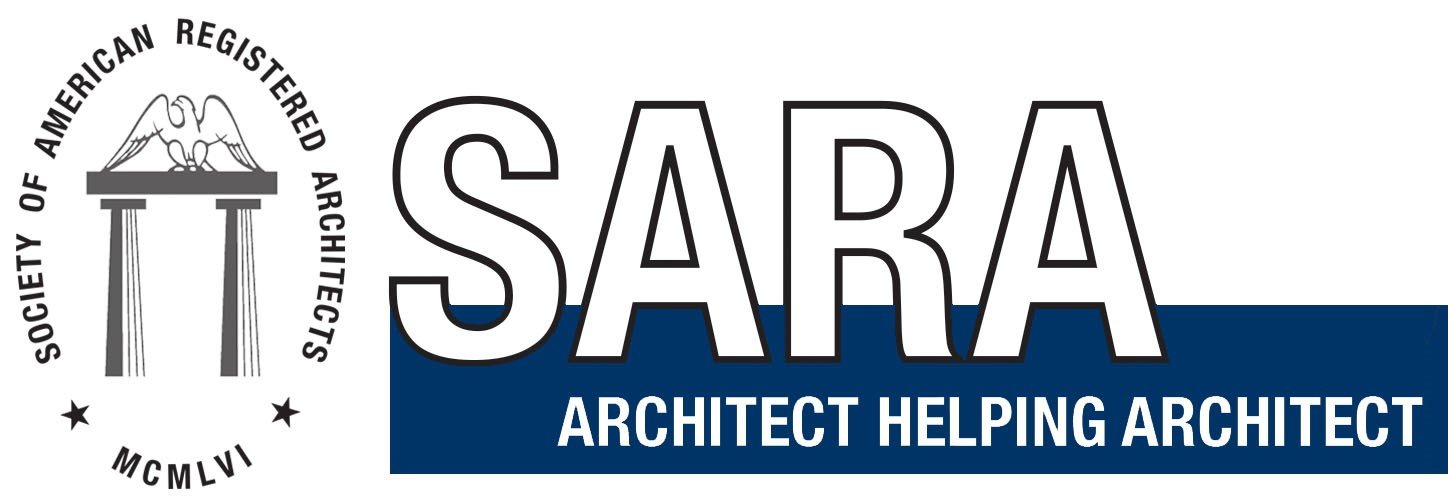FROM THE SARA NATIONAL BOARD: The Outdoor Room
By Doug Joyce, FARA
Starting off as a young architect, and hungrily taking in all the ideas about making buildings and cities, I had managed a few insights based on personal observations. I’d begun to look around the individual buildings I admired, and to notice the dialog between the ‘edifice’ I’d come to witness, and the ‘fellow travelers’ that surrounded it— and along with that, what it was like to catch a glimpse, then behold what I was seeking in its full glory. This began my personal appreciation for the spatial characteristics and quality of ‘moving forward’ in the streets and public places of the cities I visited. The ever changing space between the buildings, the things that drew me forward, and the things that caused me to stop in my tracks— I’d started to put it all together as a greater whole. For me, the beautiful and constantly varying outdoor spaces were beginning to be seen in a new way, framed as they were by the surrounding walls and landscape. I’d begun to more consistently to seek observe; I noted the combination of natural land features combined with the constructions by many, and over time, and how it all felt as I progressed. I could see how these spaces and this movement was as interesting as any spatial arrangement and sequence I could think of in my own designs. So this notion started to inform my work— how did what I design contribute to this greater whole of the great outdoor room?
I sought to have an understanding the pieces that together made a greater whole: the public spaces, with their dynamic tension between the great and small volumes, creating a visual expansion and compression of the space. The 'leaky' interstitial space between the walls. And the collection of the details and textures interacting with each other. My journey to comprehend cities has profoundly affected how I practice as an architect. The great collection of connected public spaces, of which my buildings play their small part, has become of primary importance to me.
So I ask these questions: does my building define the boundaries of this outdoor room, and does it interact with the other buildings around it to create a pleasing sculptural form? Does my building offer a bit of the ‘warmth’ of the activity it holds inside through its openings to the outside? Does it provide a comfortable transition between the bustle of the outside activity and the activities within? Does it welcome, while making its inhabitants secure? Does it surprise and intrigue in its detail, while playing well with its neighbors to make a larger and greater whole? Does it have the power to grab the attention, yet pass the observer on to the next item of interest in the most generous manner? These are the buildings that great cities are made of, and these are the buildings I want to make.
Others have observed and explained elements of the great outdoor room. Allan Jacob's book Great Streets provides drawings and verbal descriptions of great public places throughout the world. He explains features and characteristics of great streets, and the elements that contribute to them— the architecture and scale of the block-faces, the intricacies of the street trees and landscaping design, the activities of the storefronts and building openings that line the way, and how this great street might compare to similar streets that are not so great, or are great in a different way. Each example he provides is gone into in great detail, is evocatively illustrated, and makes careful and complete explanations about why he believes each works so well. It's a great resource.
One thing to lift up beyond what Jacobs describes: that is, the special dynamic of moving through great outdoor spaces (and onto the next space, and to the next!) This movement (the fourth dimension of encountering a space) invokes delight, surprise, and excitement— it is an experience that one never really grows tired of. It is an experience that comes with changes in the weather and the light, the collection of moving people, small and large displays in the openings of buildings or along the way— all interacting with the outdoor space itself. Elements wrapped together in a grand conspiracy to thrill as you move through a great street, plaza, or courtyard. Picture a journey through any of the passages into the Piazza San Marco, taking a bit of the view of it as you enter, and then to see, and hear, and smell it all, and you’ll understand what I mean.
As architects we make our humble or grand contributions to this condition, consciously, or without giving it a second thought. My suggestion is that we ask the questions I offered above, and be deliberate in our offering to the greater city gathering place, that street, plaza or courtyard.
As we work our way through the disruption of the Covid 19 era, all of us who love cities despair of the loss of the great things they give us. We look ahead hopefully to getting back to the pleasure of walking down the streets, to eating in restaurants and outdoor cafes, to cheering our favorite team in a big crowd of fans, to going to concerts, and to just looking at and encountering other (without masks!) people. When we’re finally and fully back in our beloved cities, check out what happens along the street as you move through. What a great gift!
About the Author: Doug Joyce is a SARA National Director of Board. He is also Principal Emeritus at Onyx Architects in Pasadena, CA and Owner of Douglas Joyce Architect, Inc. Doug also writes on the website The Crafted City. Hit the button below if you have any questions for Doug about this article. His opinions may not be those of the Society of American Registered Architects.

